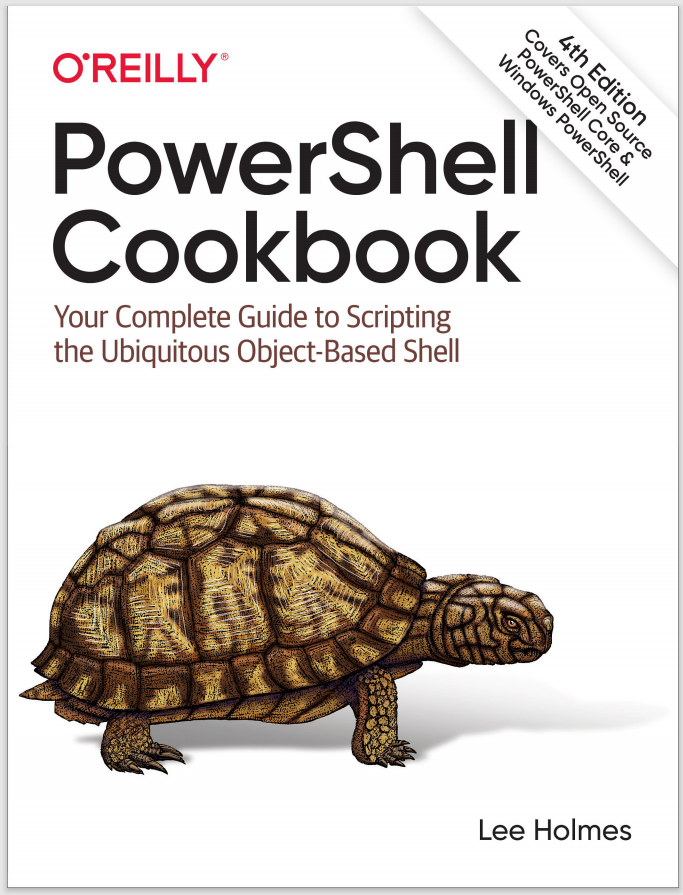Discussion
PowerShell’s event registration cmdlets give you a consistent way to interact with many different event technologies: .NET events, WMI events, and PowerShell engine events.
By default, when you register for an event, PowerShell adds a new entry to the sessionwide event repository called the event queue. You can use the Get-Event cmdlet to see events added to this queue and the Remove-Event cmdlet to remove events from this queue.
In addition to its support for manual processing of events, you can also supply a script block to the -Action parameter of the event registration cmdlets. When you provide a script block to the -Action parameter, PowerShell automatically processes events when they arrive.
However, doing two things at once means multithreading. And multithreading? Thar be dragons! To prevent you from having to deal with multithreading issues, PowerShell tightly controls the execution of these script blocks. When it’s time to process an action, it suspends the current script or pipeline, executes the action, and then resumes where it left off. It processes only one action at a time.
PS > $timer = New-Object Timers.Timer
PS > $timer.Interval = 1000
PS > Register-ObjectEvent $timer Elapsed -SourceIdentifier Timer.Elapsed `
-Action { Write-Host "Processing event" }
$timer.Enabled = $true
PS > while($true) { Write-Host "Processing loop"; Sleep 1 }
Processing loop
Processing event
Processing loop
Processing event
Processing loop
Processing event
Processing loop
Processing event
Processing loop
(...)
Inside the -Action script block, PowerShell gives your script access to five automatic variables:
$eventSubscriber-
The subscriber (event registration) that generated this event.
$event-
The details of the event itself: MessageData, TimeGenerated, etc.
$args-
The arguments and parameters of the event handler. Most events place the event sender and customized event information as the first two arguments, but this depends on the event handler.
$sender-
The object that fired the event (if any).
$eventArgs-
The customized event information that the event defines, if any. For example, the Timers.Timer object provides a TimerElapsedEventArgs object for this parameter. This object includes a SignalTime parameter, which identifies exactly when the timer fired. Likewise, WMI events define an object that places most of the information in the $eventArgs.NewEvent property.
In addition to the script block that you supply to the -Action parameter, you can also supply any objects you’d like to the -MessageData parameter during your event registration. PowerShell associates this data with any event notifications it generates for this event registration.
To prevent your script block from accidentally corrupting the state of scripts that it interrupts, PowerShell places it in a very isolated environment. Primarily, PowerShell gives you access to your event action through its job infrastructure. As with other PowerShell jobs, you can use the Receive-Job cmdlet to retrieve any output generated by your event action:
PS > $timer = New-Object Timers.Timer
PS > $timer.Interval = 1000
PS > Register-ObjectEvent $timer Elapsed -SourceIdentifier Timer.Elapsed `
-Action {
$SCRIPT:triggerCount = 1 + $SCRIPT:triggerCount
"Processing Event $triggerCount"
}
PS > $timer.Enabled = $true
Id Name State HasMoreData Location
-- ---- ----- ----------- --------
1 Timer.Elapsed NotStarted False
PS > Get-Job 1
Id Name State HasMoreData Location
-- ---- ----- ----------- --------
1 Timer.Elapsed Running True
PS > Receive-Job 1
Processing Event 1
Processing Event 2
Processing Event 3
(...)
For more information about working with PowerShell jobs, see Recipe 1.6.
In addition to exposing your event actions through a job interface, PowerShell also uses a module to ensure that your -Action script block is not impacted by (and does not impact) other scripts running on the system. As with all modules, $GLOBAL variables are shared by the entire session. $SCRIPT variables are shared and persisted for all invocations of the script block. All other variables persist only for the current triggering of your event action. For more information about PowerShell modules, see Recipe 11.7.
For more information about useful .NET and WMI events, see Appendix I.
